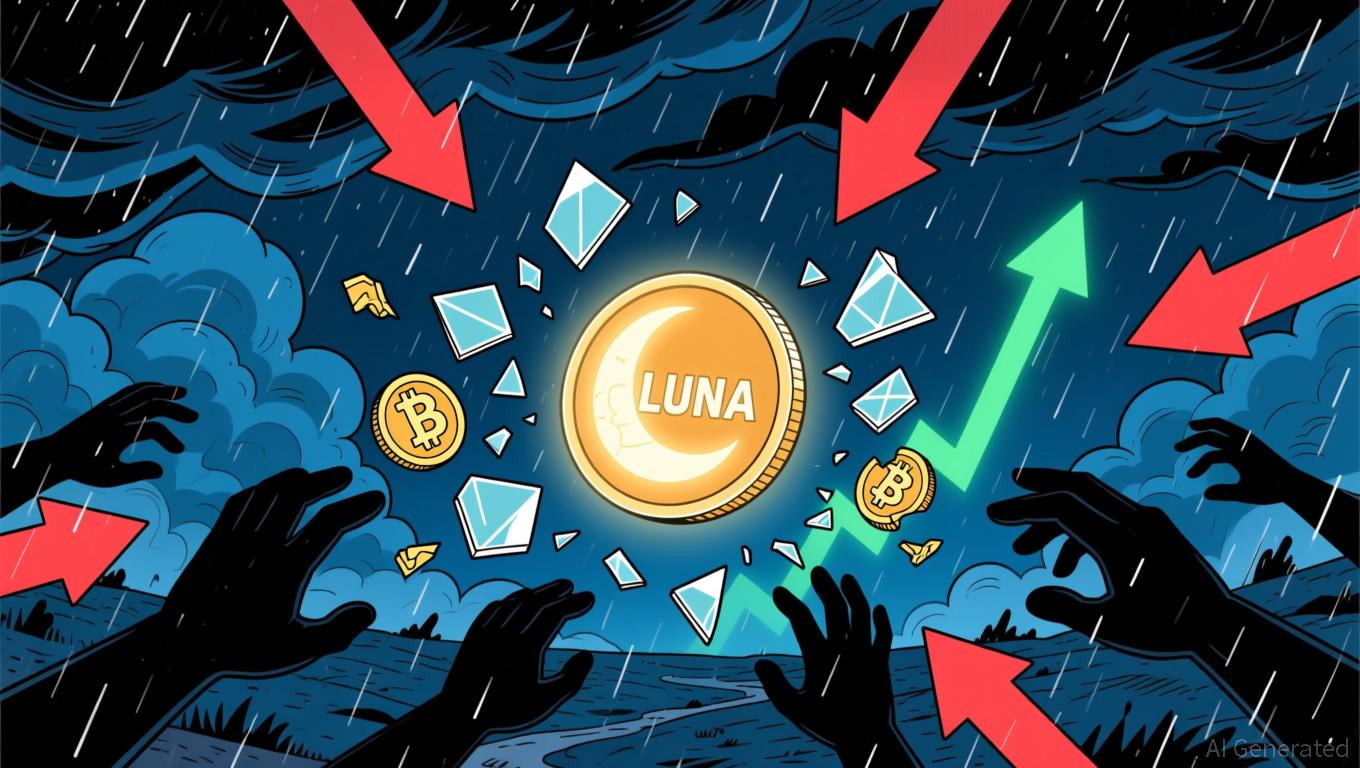Vitalik Buterin Warns Of A Quantum Shift That Could Endanger Crypto Security
The crypto world faces a new worry after Vitalik Buterin shared a strong warning about the coming quantum era. He believes powerful quantum computers could break the core security of Bitcoin and Ethereum by 2028. This warning shakes the industry because these networks depend on elliptic curve cryptography for every transaction, wallet, and signature. The idea of sudden cryptographic failure creates fear across the community.
This warning forces developers and investors to rethink the future. Many people celebrate growing adoption and rising institutional flows, yet few consider quantum risks. The quantum threat to blockchain grows as research teams push for faster and stronger quantum processors. Vitalik says the crypto industry must not wait for the moment when these machines reach scale. He wants clear plans, open discussion, and fast action before the threat becomes real.
The idea of a quantum attack sounds distant, but Vitalik explains that the timeline may shrink faster than expected. Google, IBM, and Chinese labs already build large quantum systems. Some researchers expect huge growth in qubit power within four years. This timeline aligns with Vitalik’s warning and forces the industry to prepare. The crypto market moves fast, but quantum technology moves even faster.
Quantum Computing Reaches A New Phase And Raises Urgent Questions
Quantum progress grows stronger each year because researchers chase new benchmarks. Many companies build bigger machines and test complex algorithms. Vitalik believes these advances increase the quantum threat to blockchain. He says crypto builders must understand that quantum machines handle math in a very different way. They solve problems that traditional computers cannot handle. This creates a direct path to break elliptic curve vulnerability if no upgrades take place.
The crypto world treats this shift as a long-term worry, yet Vitalik sees it as a short-term priority. He wants developers to redesign digital signatures and wallet structures. He wants a shift toward quantum-safe solutions that can handle future attacks. The elliptic curve vulnerability creates urgency because every wallet depends on it. The moment a quantum computer reaches the required power, attackers can calculate private keys from public keys.
Can Crypto Move Fast Enough To Build Protection
The community now debates whether the industry can move fast enough. Blockchain networks need careful upgrades because each change affects millions of users. Developers must design quantum-safe cryptography and test it across many layers. They must run upgrades without breaking the network. Vitalik thinks this challenge looks big but not impossible. He wants early planning because late planning increases the quantum threat to blockchain.
Several teams explore quantum-resistant algorithms that replace elliptic curve systems. These new algorithms use different mathematical structures that resist quantum attacks. Some researchers test lattice-based methods that look promising. Buterin believes these options help reduce crypto security risks if adopted in time. The key challenge comes from migration. Every wallet and contract must move to the new scheme.
The Path Forward And Why Vitalik’s Warning Matters Now
Vitalik’s warning matters because it builds urgency. The quantum threat to blockchain no longer feels like science fiction. Researchers build stronger machines, and timelines shrink faster than expected. Crypto depends on strong signatures, and the elliptic curve vulnerability creates a real point of failure. If the industry waits, it risks a sudden crisis. If the industry acts now, it builds a stronger future.
Crypto continues to grow in value and adoption, so security must grow with it. The rise of quantum machines forces everyone to rethink their priorities. Developers must lead the shift. Investors must understand the risks. Users must support the change. The entire ecosystem must move with a clear goal. Vitalik wants a future where crypto stays secure for decades, not just years.
Disclaimer: The content of this article solely reflects the author's opinion and does not represent the platform in any capacity. This article is not intended to serve as a reference for making investment decisions.
You may also like
From Smartphone Mining to Widespread Use: Pi Coin's DTI Code Drives Practical Cryptocurrency Integration
- Pi Network secures DTI code to enable exchange listings and banking integration, advancing mainstream adoption of its mobile-mined cryptocurrency. - With 21M+ verified users and SCP-based consensus, Pi emphasizes energy efficiency and accessibility through smartphone mining and low-cost transactions. - Capped supply, decreasing mining rewards, and transparent governance bolster trust, while growing exchange volumes ($10M+ daily) signal institutional potential. - Challenges remain in regulatory compliance

Dogecoin News Today: Mutuum's Safe DeFi Presale Attracts Investment While Dogecoin's Growth Slows Down
- Dogecoin (DOGE) faces waning momentum as investors shift to Mutuum Finance (MUTM), a DeFi protocol nearing $18.9M in presale funds. - 21Shares' 2x Long Dogecoin ETF (TXXD) highlights institutional adoption, but DOGE's $0.175 price stagnates despite Tesla/AMC partnerships. - Mutuum's Phase 6 presale (90% sold) features 250% price growth and Halborn/CertiK security audits, driving FOMO ahead of $0.06 listing target. - With only 5% public token allocation and Q4 2025 roadmap, Mutuum's scarcity model contras

LUNA rises 4.04% in 24 hours despite ongoing downward trend
- LUNA rose 4.04% in 24 hours to $0.075 but remains down 20.13% monthly amid broader market weakness. - Short-term traders capitalized on dips, yet seven-day declines highlight waning investor confidence and lack of Terra network coordination. - Post-2025 Terra-UST collapse, LUNA struggles to regain dominance as stablecoin competitors capture market share. - Analysts warn volatility persists without fundamental upgrades, emphasizing long-term challenges to rebuild trust and momentum.

AAVE rises 1.9% after Founder Reveals ETHLend Relaunch in 2026 Featuring Built-in Bitcoin Compatibility
- Aave founder Stani Kulechov announced ETHLend 2.0 relaunch in 2026, returning to peer-to-peer lending with native Bitcoin collateral. - The upgrade aims to address original ETHLend's liquidity issues using modern infrastructure, MEV protection, and faster on-chain operations. - Native BTC collateral differentiates it from wrapped BTC, potentially expanding DeFi access for Bitcoin holders and enhancing cross-chain interoperability. - DeFi community shows mixed reactions, with AAVE token up 1.9% but down 2

